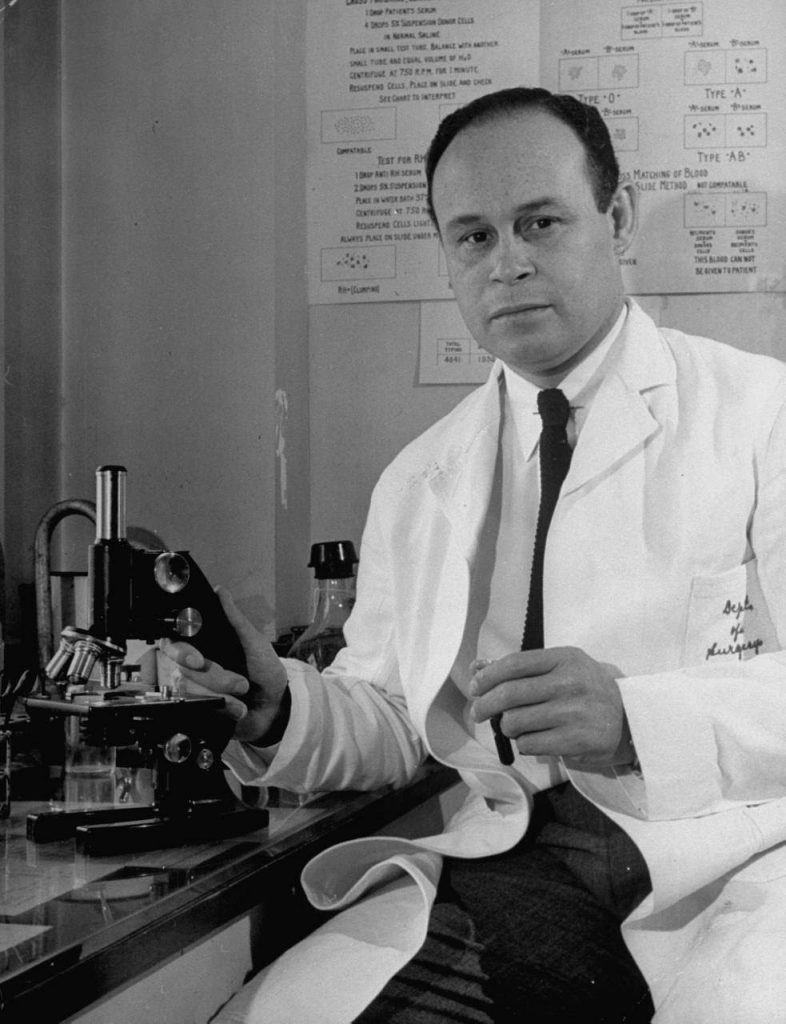
Dr. Charles Richard Drew (1904-1950) broke barriers in a racially divided America to become one of the most important scientists of the 20th century. His pioneering research and systematic developments in the use and preservation of blood plasma during World War II not only saved thousands of lives but innovated the nation’s blood banking process and standardized procedures for long-term blood preservation and storage techniques adapted by the American Red Cross.
Drew was an average student but gifted athlete and was recruited by Amherst College in Massachusetts. He was one of only 13 African Americans in a student body of 600, where the racial climate exposed him to hostility from opposing teams. Beyond sports, Drew didn’t have a clear direction until his biology professor inspired his interest in medicine. He received his degree from McGill University College of Medicine in Canada. There, he distinguished himself, winning the annual scholarship prize in neuroanatomy; becoming elected to the medical honor society Alpha Omega Alpha; and staffing the McGill Medical Journal. He also won the J. Francis Williams Prize in medicine after beating the top five students in an exam competition. In 1933, Drew received his MD and CM (Master of Surgery) degrees, graduating second in a class of 137.
Drew’s doctoral research assessed previous blood and transfusion research, blood chemistry and fluid replacement, and evaluated variables affecting shelf-life of stored blood—from types and amounts of anticoagulants (substances that prevent blood from clotting) and preservatives, to shapes of storage containers and temperature. His key findings, complex procedures, and standards for collecting, processing, and storing blood proved his expertise and led to an appointment to head the Blood for Britain Project (BFB), an effort to transport desperately needed blood and plasma to Great Britain, which was under attack by Germany. Charles Drew died tragically in North Carolina on April 1, 1950, after falling asleep while driving to a conference. He was given a blood transfusion at an all-white hospital but succumbed to the injuries.
